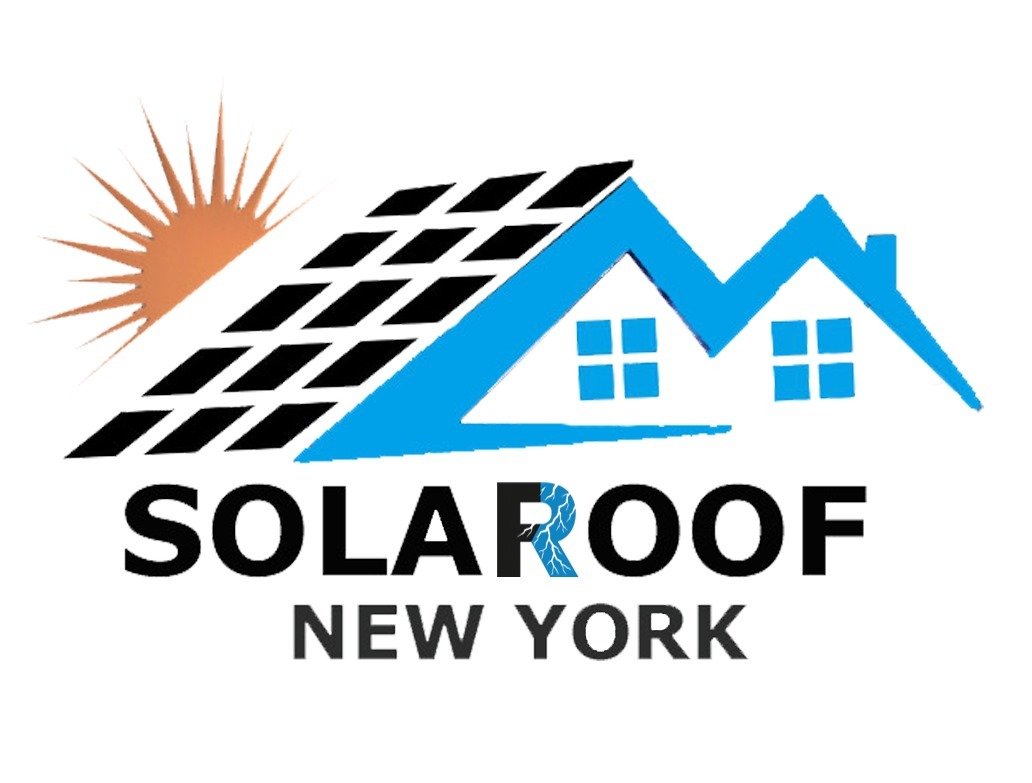Table of Contents
Investing in solar panel installation services can save you money on utility bills and contribute to a healthier environment. In case you might be thinking of installing solar panels, then it is good to have the knowledge of the various types available in the market. This will help you make a wise decision and choose the correct one that suits your interest, whether in terms of cost, efficiency, or appearance. Let’s discuss the three main kinds of solar panels in use: monocrystalline, polycrystalline, and thin-film, along with an up-and-coming alternative, solar roofing shingles.
Different Types of Solar Panels
Understanding the various types of solar panels is crucial for making informed decisions about energy efficiency and sustainability.
Monocrystalline Solar Panels
Monocrystalline solar panels are the most efficient type and have a longer lifespan. These are made from a single silicon crystal and can achieve up to 20% efficiency. These panels are black in color and all the panels have a uniform look. While they are rather expensive, they offer an output of 300 to 400 watts, and come with warranties up to 30 years.
Polycrystalline Solar Panels
Polycrystalline panels are manufactured by depositing silicon onto a base material and then heating it into a liquid which is then cooled. This process slightly reduces their efficiency to 15-17% and they usually output between 250 to 300 watts. These are blue in color and have a speckled finish. They are relatively cheaper compared to the other panels, thus providing a good value for money. They also have long warranties, normally about 25 years.
Thin-Film Solar Panels
Thin-film solar panels are different from the others because they are lightweight and flexible. These panels are made up of photovoltaic material applied to a surface. Some of the types include Amorphous silicon (a-Si) and Cadmium telluride (CdTe). While thin-film panels are relatively cheaper and very easy to install they are less efficient with efficiency ranging from 6% to 15%. Nevertheless, they are useful in the large commercial areas where weight and space is a concern.
Key Considerations for Choosing Solar Panels
Choosing the right panels involves evaluating key factors so that you can invest in the best solar installation services that meet your energy needs and budget.
Efficiency Comparison
Monocrystalline panels are the most efficient having efficiencies of over 20%, therefore they are suitable for roofs with limited space. However, polycrystalline panels are cheaper and are suitable for most homes with efficiencies of 15-17%. The last type is the thin-film panel, which are the least efficient, although their efficiency has recently been on the rise, and they can be successfully used in CIGS solar panels.
Cost Analysis
Cost is also important when looking for affordable solar services. Monocrystalline panels are the most costly ranging from $1 to $1.05 per watt. Polycrystalline panels are relatively cheaper and cost $0.70 to $1 per watt. Thin-film panels can be even cheaper starting at $0.43 to $0.70 per watt. While upfront costs of solar panel installation services matter, you should also consider the long-term savings from more efficient panels like monocrystalline.
Appearance and Installation Features
Aesthetics can become an issue with solar panels since people want their homes to look appealing. Thin-film panels that do not protrude much from the roof and hence are a perfect pick for look-conscious individuals.
Monocrystalline panels have a sleek, tidy appearance with black solar cells, although they may be slightly more prominent. Polycrystalline panels are blue and come with a pattern which some people may not like as much. Also, installation differs; monocrystalline and polycrystalline panels require stronger supports because of their weight, while thin film panels are comparatively lighter.
Advanced Solar Technologies
Solar technology has come a long way, leading to some advanced and highly efficient solar panel options.
Passivated Emitter and Rear Cell Technology
Passivated Emitter and Rear Cell (PERC) technology is a modification of traditional monocrystalline panels. It adds a layer at the back of the panel and bounces the light back into the cell hence improving efficiency. This technology is cost effective in production and provides high efficiency with only a moderate increase in cost. PERC technology is quickly becoming a popular choice for those looking for affordable solar services.
Solar Roofing Shingles
Solar roofs are made from solar shingles that offer the appearance of the standard roof while functioning as photovoltaic panels. They are costly than the normal solar panels but they blend well with the roof and offer a better way of producing solar energy. However, the cost of solar shingles is higher than that of traditional materials, while the efficiency is slightly below average (around 14-18%). They might also be difficult to acquire and might not be suitable for every type of roof.
Conclusion
You can select the correct solar panel for your home by weighing cost, efficiency, power output, and local climate. Literally, the best type of solar panel eventually depends on your specific needs and budget. Whether it be maximum energy output, affordability, or design—there is a solar solution tailored especially for your property.
If you want to harness solar power, then contact Solaroofny for residential and commercial solar panel installation services. Our experts will evaluate your property, offer affordable solar services, and handle the whole installation smoothly. Get ready to enjoy huge energy savings, reduce your carbon footprint, and increase your home’s value with a high-quality solar system.





